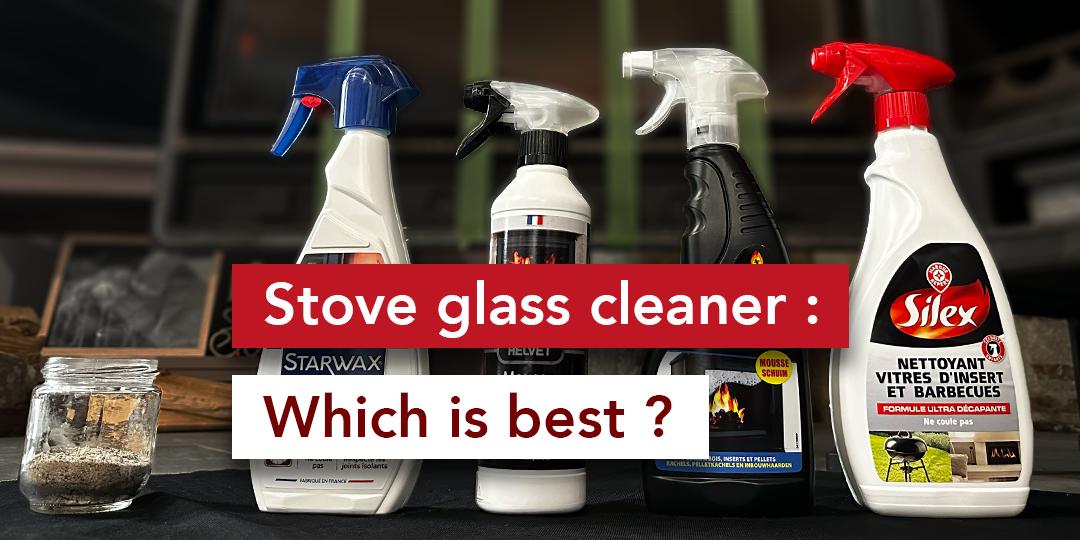Everyone loves a good gadget. Some make our day-to-day life easier; some are simply a gimmick and some are just down right fun to play with.
Now gizmos and gadgets are probably not the first thing you think of when you look at your fireplace, but what if I told you there are whozits and whatzits galore that can make your whole fireplace experience that much better.
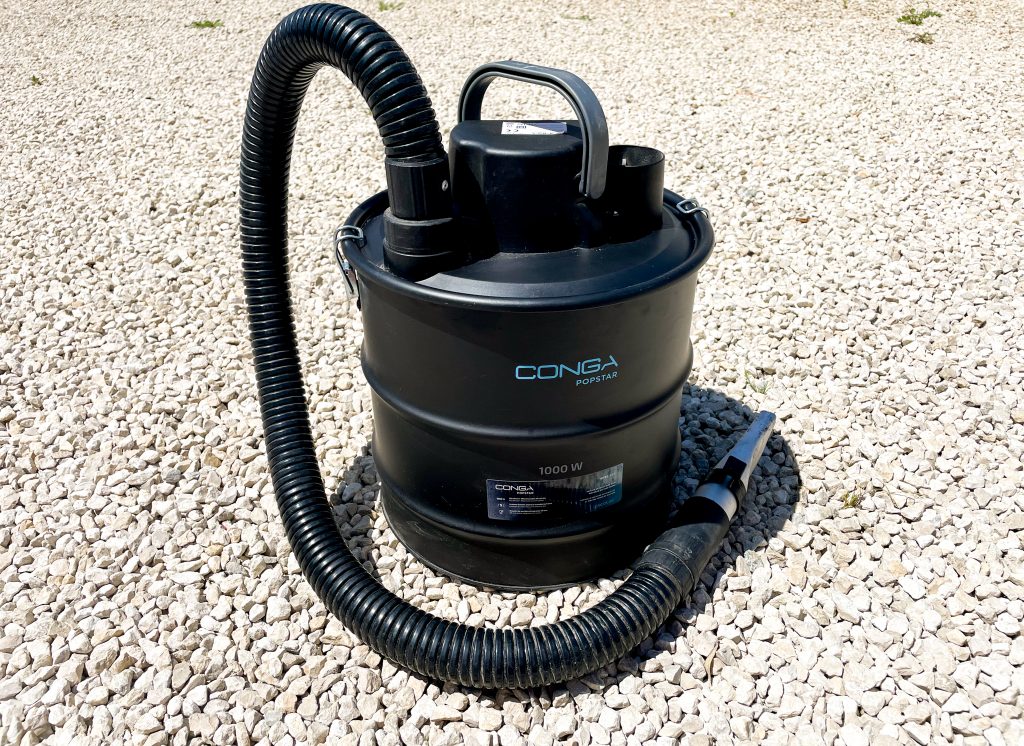
5. An Ash Vacuum
Alright, alright; any type of cleaning gadget is hardly the most exciting thing in the world but what it lacks in excitement, it certainly makes up for in usefulness. Using a dustpan and brush to clean the inside of your stove or fireplace can make such a mess, releasing dust and ash into the air not to mention how tricky it is to get into those corners. Turning on the Ash Vac and cleaning your fireplace takes only a minute or two and you won’t have the empty the drum nearly as often as you think. You can use an ash vacuum for stoves, fireplaces, pellet burners and even BBQs and outside chimineas. Personally, I use mine mainly for my pellet burner and now I would never be without one again!
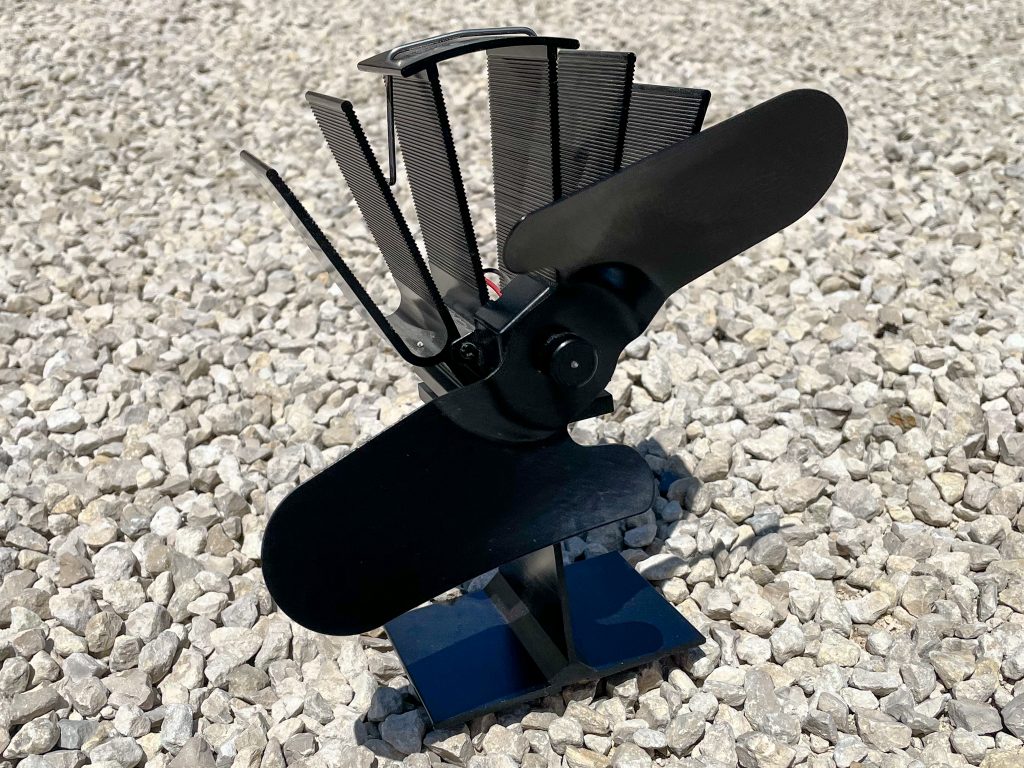
4. Stove Fan
This one is for the stove users among us.
Stove fans do not require batteries, nor do they need to be plugged in. They work instead using a device called a ‘Peltier’. When the bottom of the stove fan, the side sitting on the stove, becomes sufficiently hotter than the top, the difference in temperature is converted into a voltage and the blade will start spinning. Now the idea of stove fans is not to ‘blow out hot air’ but rather to churn up the air in the room and create convection, gently moving the heat from the stove across the room, helping achieve a more stable temperature through the space. Stove fans are a great tool for distributing some of the heat from your stove away from the burner itself, into neighbouring rooms or sometimes even up stairs. They work especially well if your stove is too big for the space it’s tasked with heating.
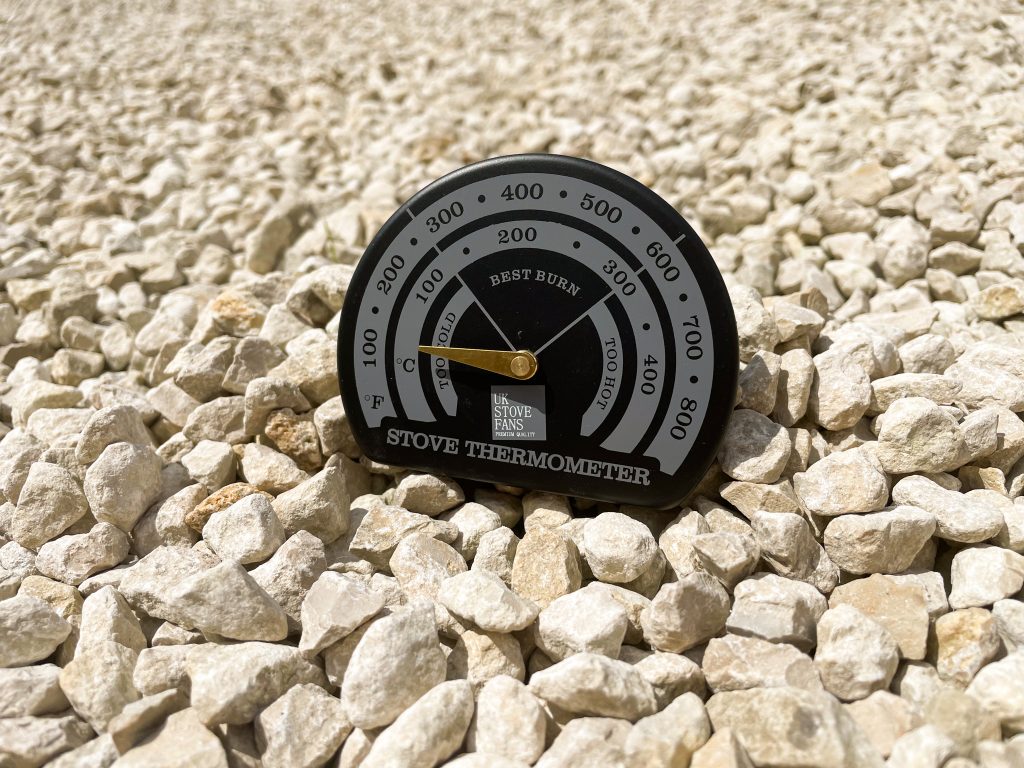
3.Stove pipe thermometer
The top three on this list, I consider to be ‘must haves’ for anyone with a wood burning stove in their home. I always tell my customers: “using a stove without a stovepipe thermometer is like driving a car without a speedometer”.
If when using your stove, you are not burning it hot enough, the gases in your wood (where the majority of the heat is stored) will not burn in the firebox and will instead escape into the chimney. Pair this with the low flue gas temperature (from not getting enough heat into the system) and the sluggish draw of your chimney won’t be sufficient enough to pull the smoke from your chimney, causing the formation of creosote and likely tar.
On the other hand, If you burn too hot, you risk ‘over firing’ your appliance. Your stove is designed to take heat up to a certain temperature. Exceeding this number can cause your baffle plate (the plate protecting the outlet of the stove), the grate and other internal components like fire bricks or back plates to warp. Warped components must be repaired or more often than not, replaced to protect the body of the stove from warping, something that cannot be repaired.
Just like Goldilocks and her porridge, the temperature of your stove has to be ‘just right’ and the only way you can know this for sure is to use a thermometer. The window of optimum operation is rather large (between 125-300℃ for most stoves) but it pays to make sure you’re burning in this window. Just make sure you check if the thermometer you’ve picked up is for your stove, or your stovepipe. This should be clearly labelled on the packaging.
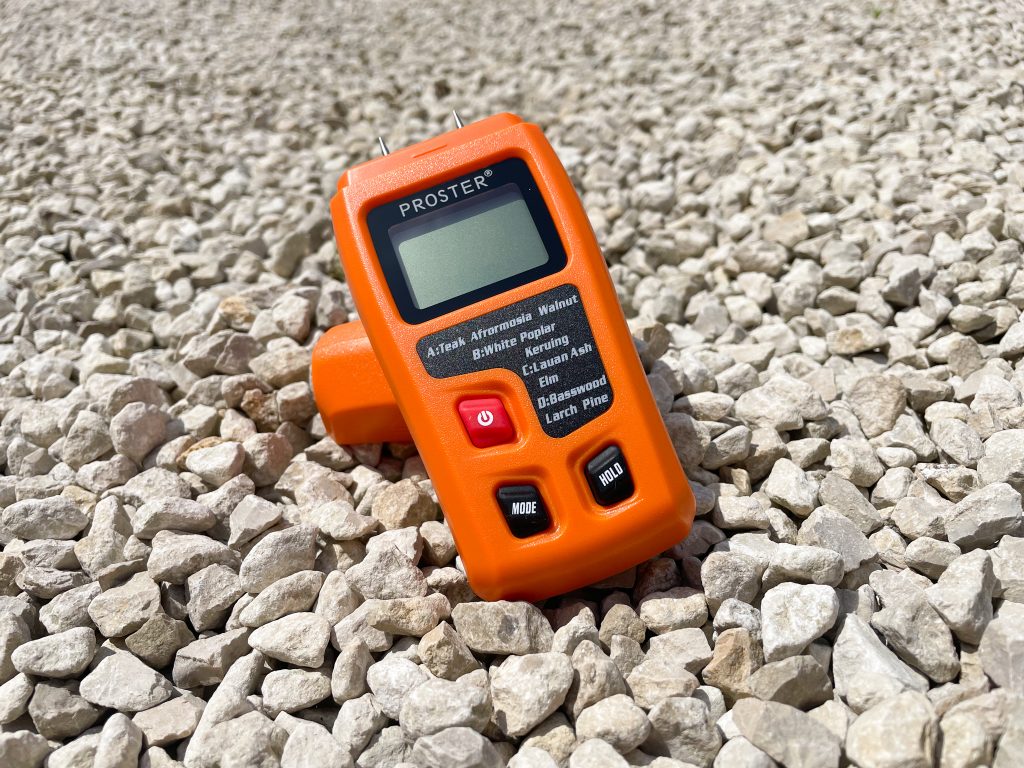
2. A Moisture Meter
The wood you burn on your stove may look and feel dry to the touch, but it may not be ready for burning just yet. It is imperative to keep moisture out of your chimney. Any humidity in the system acts to ‘steal’ the heat you are trying to achieve from the burn, evaporating the moisture in the wood and sending it up the chimney. Most people know damp wood is a one-way ticket to a tarred-up chimney and preventing this can be as easy as sticking two metal prongs into your wood.
To use a moisture meter, you must first split the wood you are looking at burning and measure the freshly split edge. A moisture content of 20% or less is ready to burn however a reading anywhere around 10% is what would be considered ‘seasoned’. If you fell your own trees and prepare the wood yourself, this gadget is essential to making sure the fuel you’ve been preparing is ready to be set alight. Even if you receive your wood from a local farmer or a wood merchant, this tool could be the difference between you and a nasty bill for the tar you’ve just created in the chimney having to be chemically treated and removed – but that’s another topic in itself!
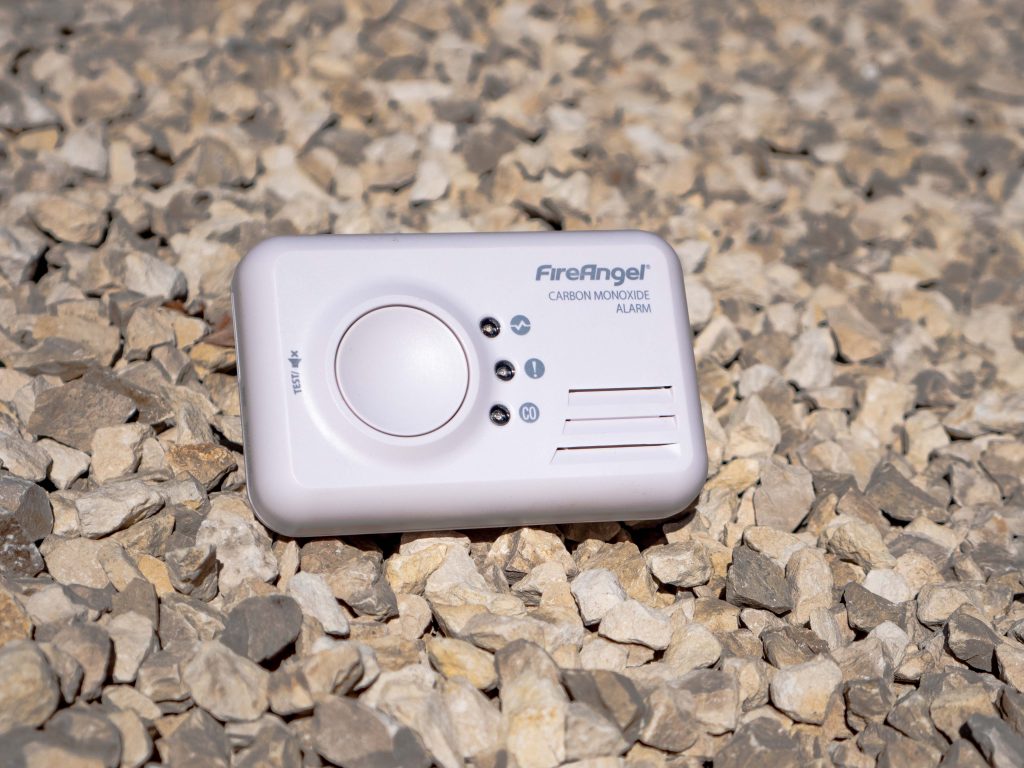
1. A Carbon Monoxide Alarm
The number one gadget you and anyone else with a fireplace need to have is a Carbon Monoxide (CO) alarm. Any room housing a flame based appliance should have a CO alarm installed as standard before the appliance is even lit for the first time. Any professional installer will be certain to make sure they leave you with one installed in the room before they commission the installation however with so many stoves being installed ‘DIY’, This crucial piece of the puzzle is far too often missed.
Carbon Monoxide is both tasteless and odourless and unless you are on the lookout for the symptoms, you would have no way of knowing you may be breathing in such a dangerous gas. Drowsiness, headaches, nausea and a feeling of intoxication are all known symptoms at lower concentrations and in high concentrations, CO inhalation has lead tragically to some fatalities. For more information on Carbon Monoxide, there are plenty of education and awareness resources online or of course, you can always ‘speak to your sweep’.
Now the fact of the matter is, the chance of you having an issue with Carbon Monoxide is incredibly slim… but it’s not zero. Carbon monoxide alarms are inexpensive and quite seriously, it really could save a life.
Like most gadgets, these items can all be found online or often Chimney Sweeps tend to stock the essentials themselves. I recommend making sure your CO alarm is a sealed unit with a battery life of 7 years or more. If you’re not sure what you’re buying is the right tool for the job, ‘speak to your sweep’ and I’m sure they will offer all the advice you need.



